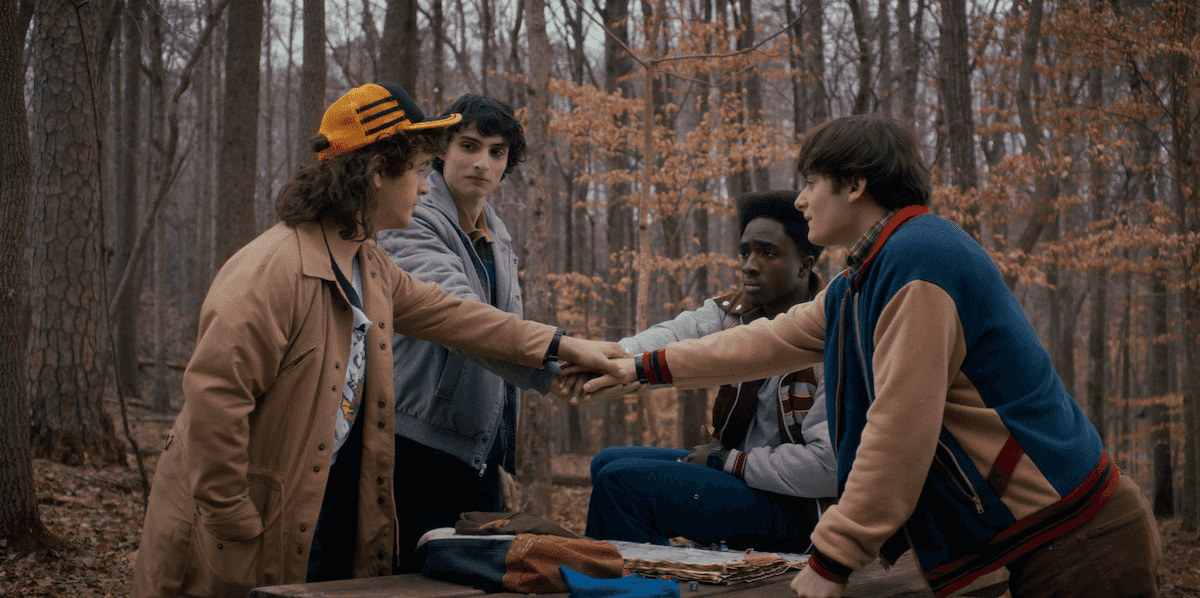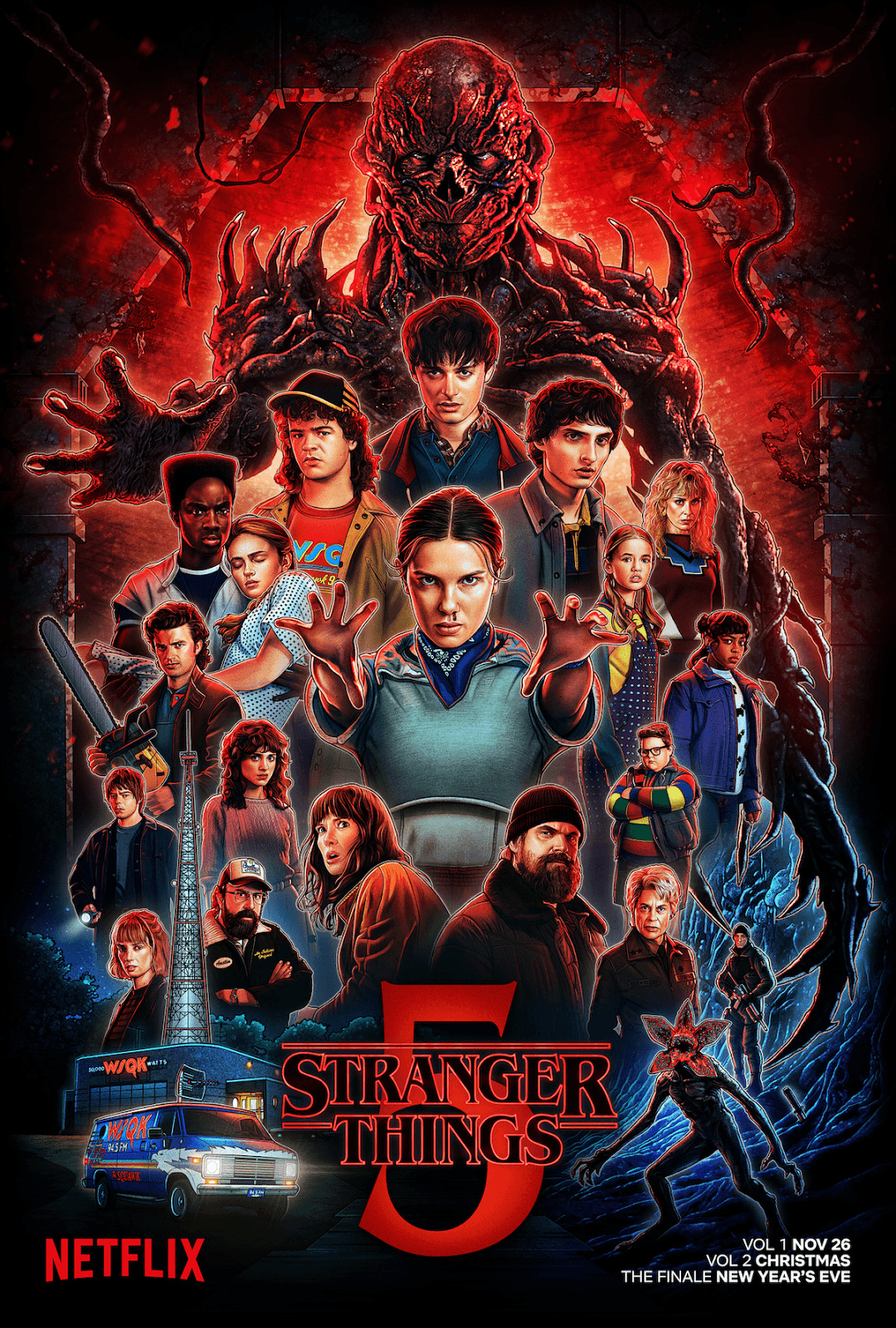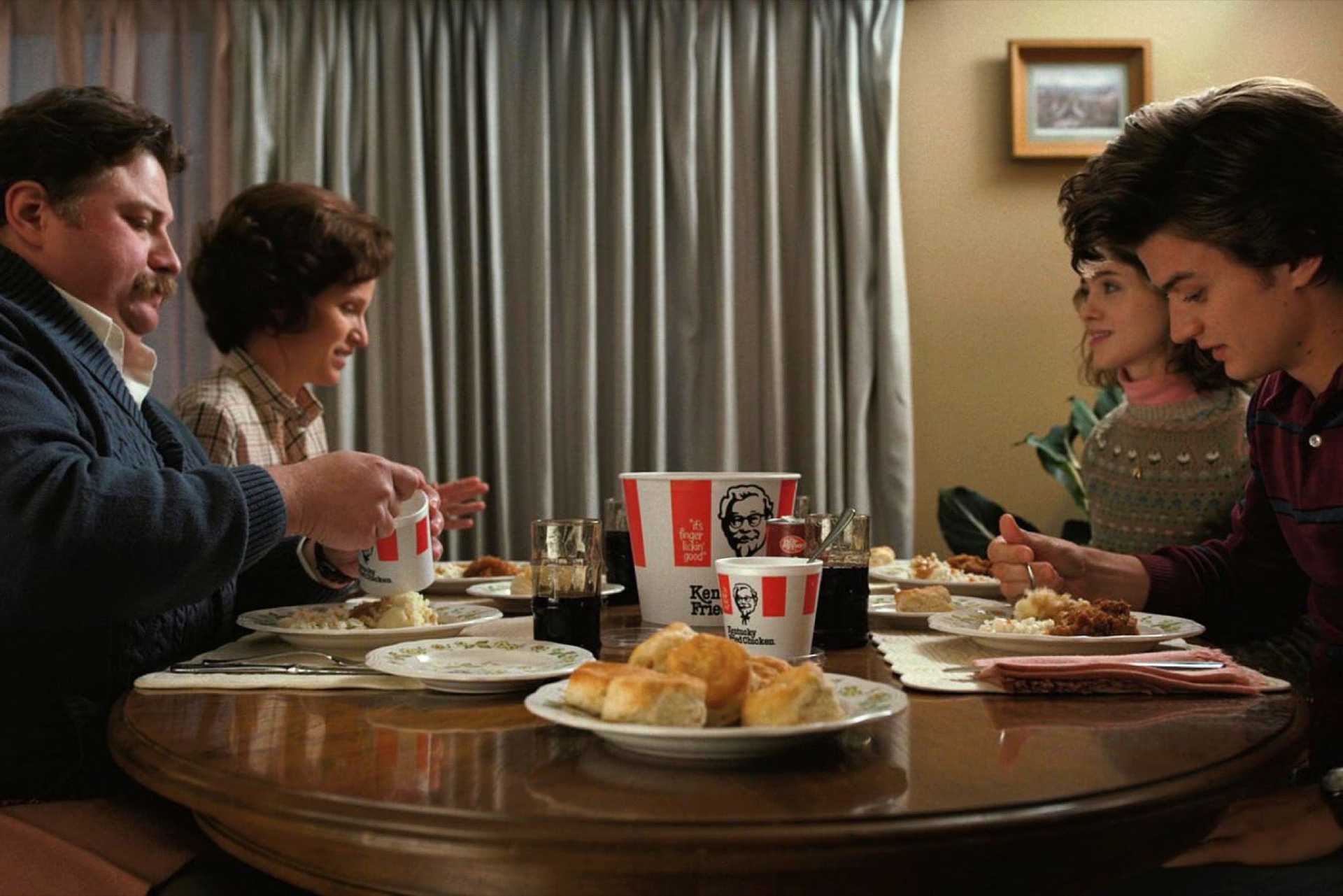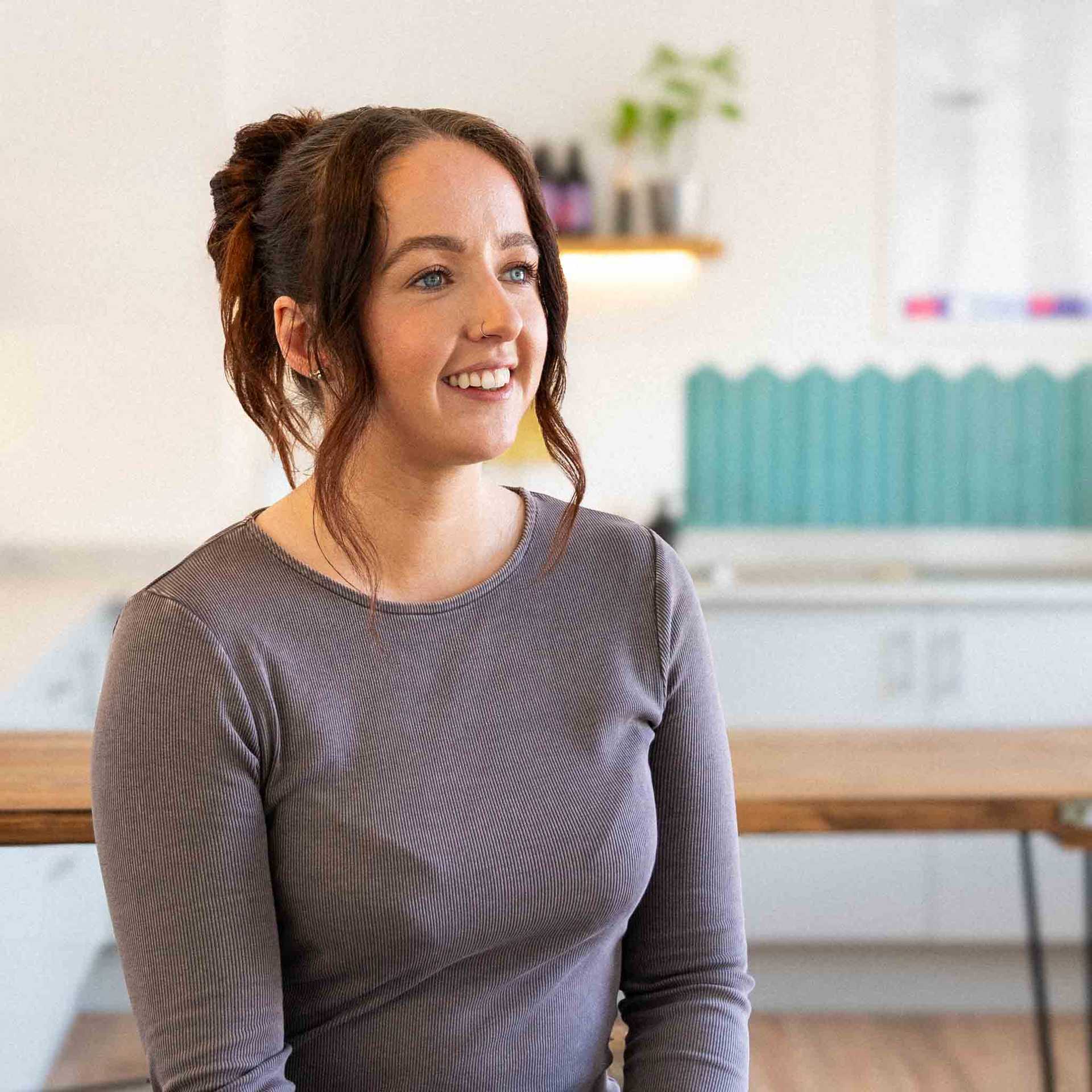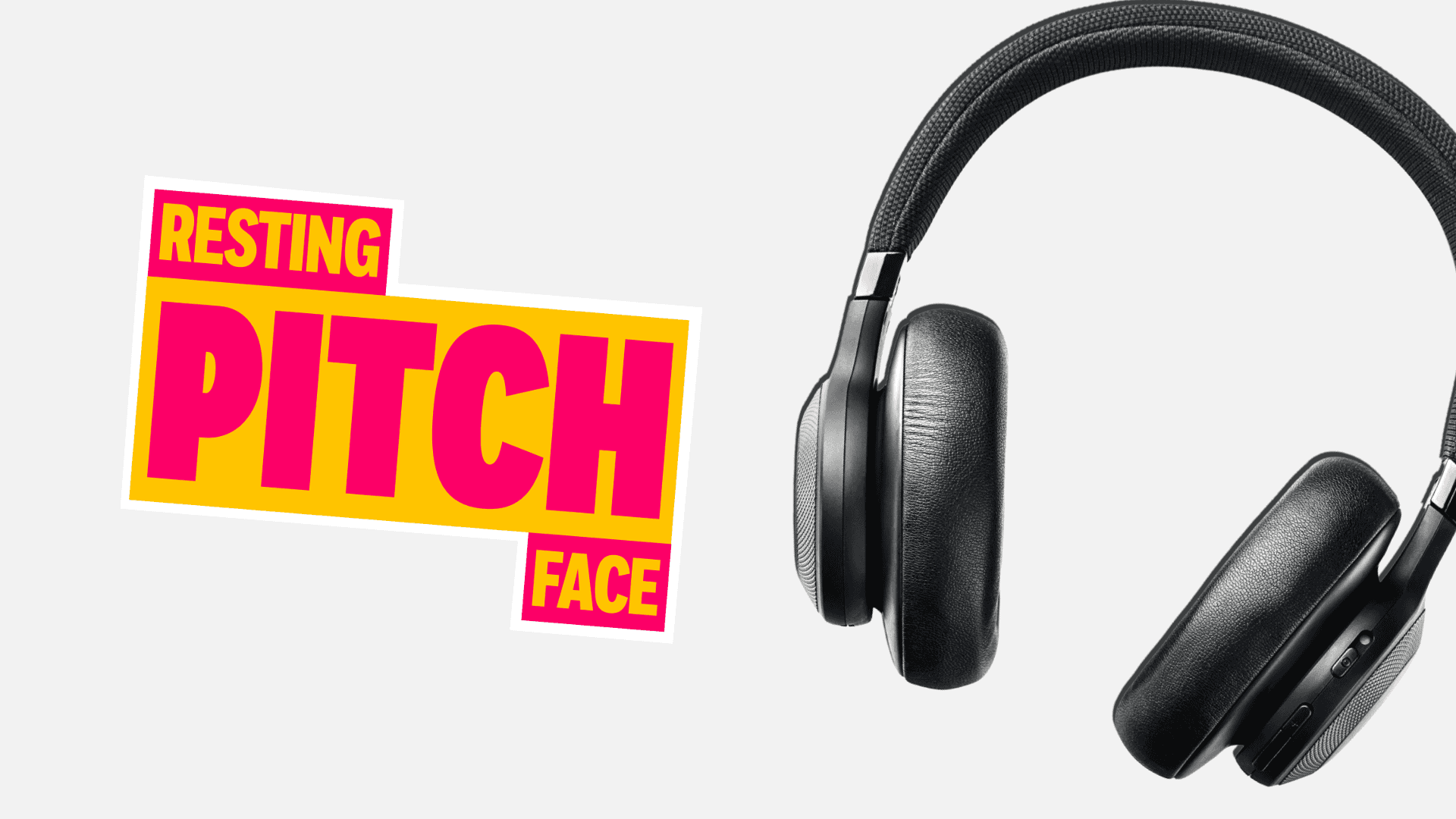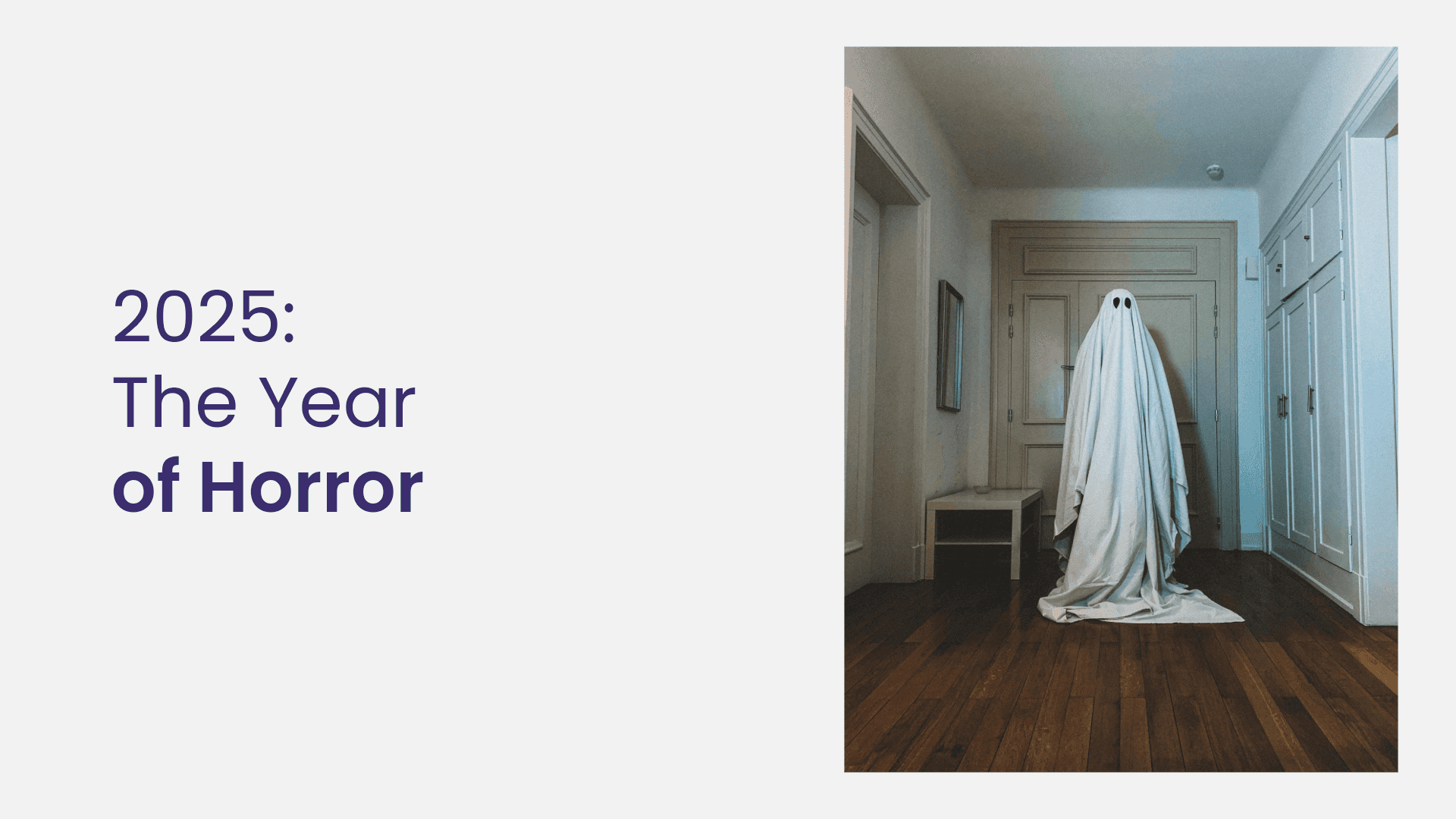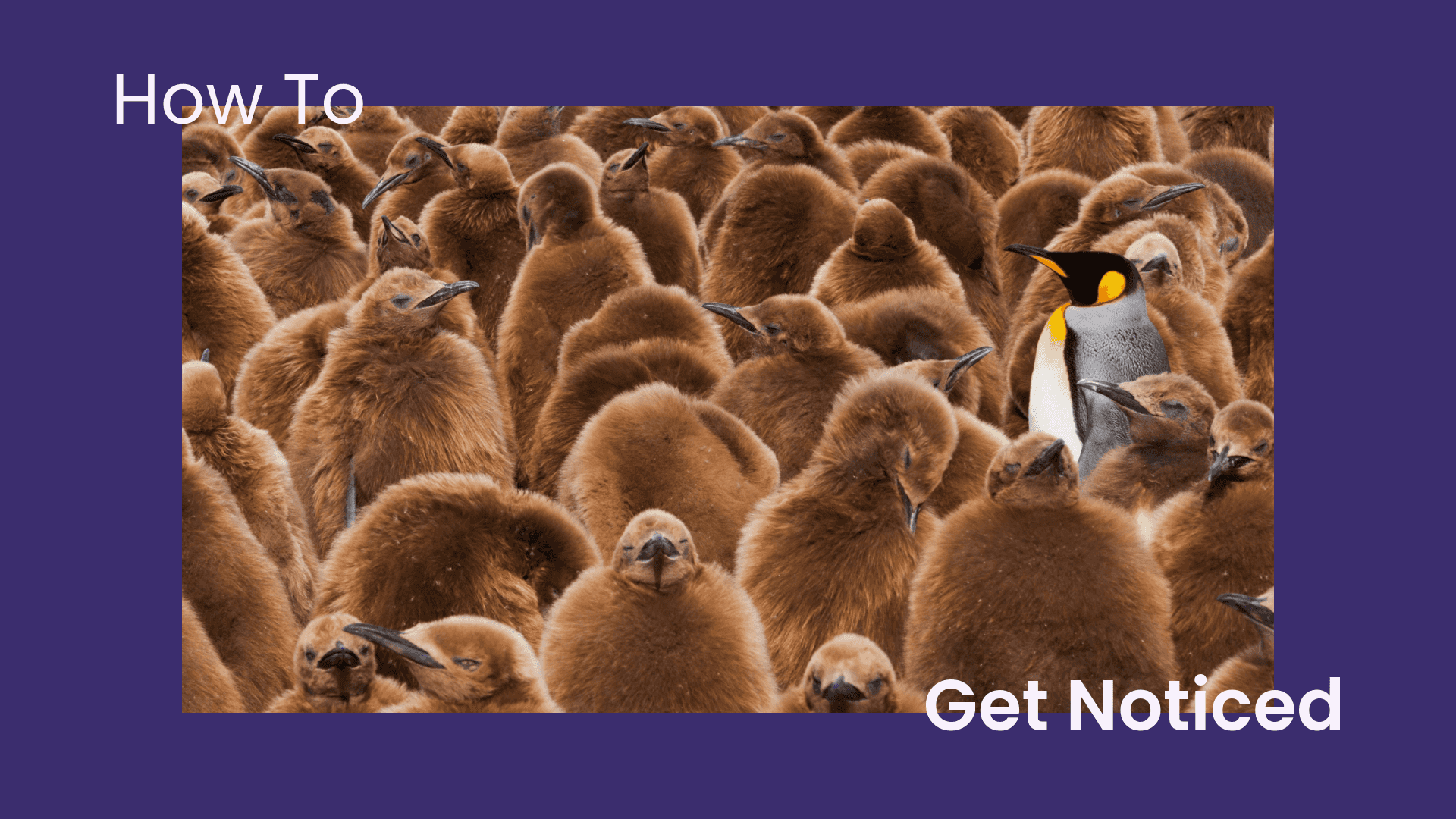Technology allows a brand to reach customers no matter where they are, whether this be through a phone, laptop, billboards or virtual reality – it’s a great way to generate customers and conversations.
Launching a 360-degree virtual reality video, Stranger Things gained over 2 million views by allowing viewers to put themselves inside the show.
VR experiences can be expensive for brands but you can get creative and think of ways to amplify your marketing through harnessing technology.
They’ve taken it a step further for season 5, teaming up with Sandbox VR, for an immersive virtual reality experience, where six of you can explore the virtual worlds together, and use supernatural powers.
